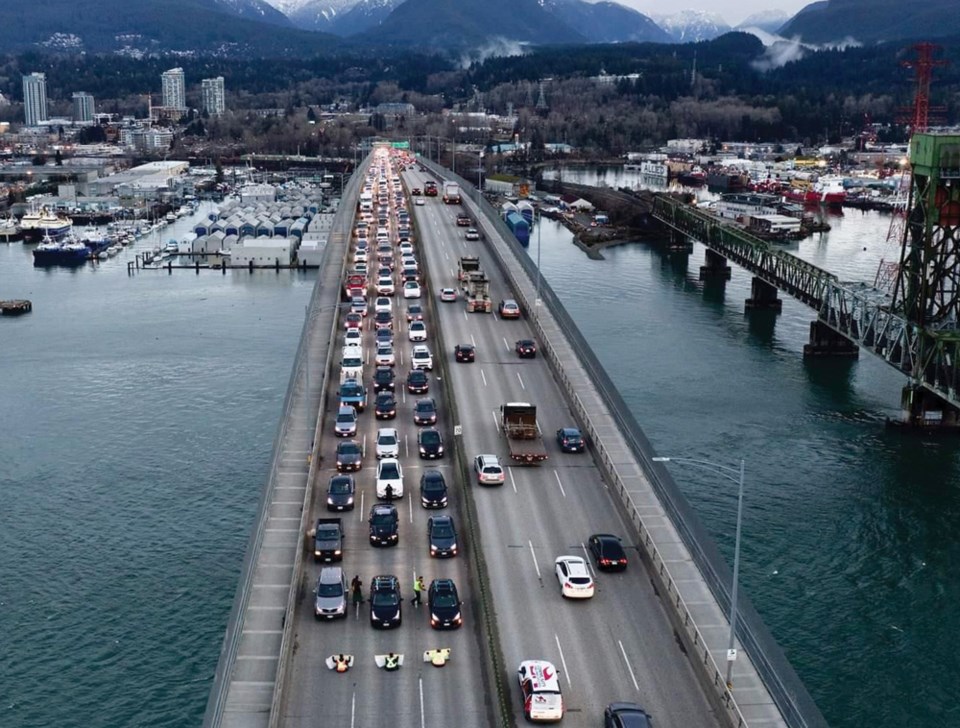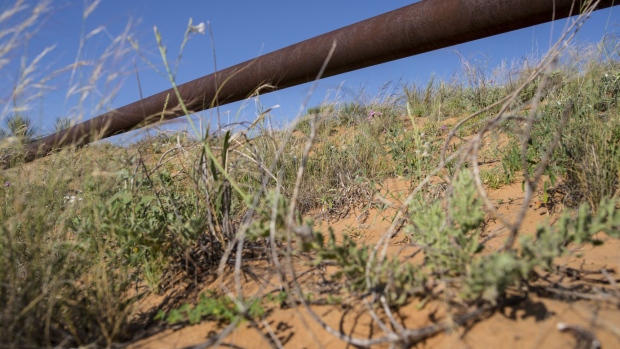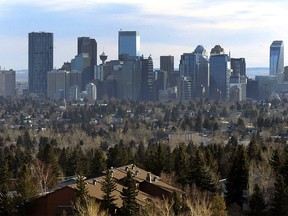'If you show up, I win': Inside Patrick Brown's drive for Conservative leadership
Brown courts migrant vote

OTTAWA - An apology to the Tamil community, improving cricket infrastructure, and putting a visa office in Kathmandu are just some of the promises Patrick Brown has made in hopes of becoming the next leader of the Conservative Party of Canada.
But a search for these pledges on the campaign website, and social media accounts of the Brampton, Ont., mayor come up empty.
They appear only to exist in pitches he delivered to leaders and members of the country's Tamil and Nepalese community, whom he's courting, among other immigrant and racialized Canadians, to buy party memberships as the clock ticks down to the June 3 deadline.
And while Brown's main rival, Pierre Poilievre, is drawing crowds by the thousands, the former MP and leader of Ontario's Progressive Conservatives has been criss-crossing the country, making his case to rooms of sometimes only as many as 20.
A glimpse into his strategy can be found in a series of videos and clips shared on Facebook by those who attended such events, including a meeting Brown had with Muslim community members in British Columbia, 17 minutes of which was livestreamed April 1.
"In the existing Conservative membership Pierre is more popular. The existing Conservative membership wants someone who is more hard- right," says Brown, seated on a couch as others appeared in nearby chairs listening to him answer their questions.
"My path to victory is not winning the party membership," he says. "My path to victory is bringing new people in and having a decent level of support within the party."
He says they have a large campaign in the Sikh, Muslim, Tamil and Chinese communities "that have all felt mistreated by the party"
After a brief pause, Brown says: "If we pull this off, this is part of Canadian history."
Since entering the race, Brown has fashioned himself as a fighter for religious freedoms, pointing to his vocal opposition of the controversial secularism law in Quebec known by its legislative title of Bill 21. Passed in 2019, it prohibits public servants in positions of authority from wearing religious symbols, like hijabs, turbans, kippahs on the job.
While Brown includes that in his speeches, he goes further: He bills the leadership contest as a chance for communities to see their interests better reflected in federal policy and as a way to put both a friend and an ally in the Prime Minister's Office, which is where he tells them he believes the next Conservative leader is headed, after three terms of Liberal rule.
Among those he's targeting are Nepalese Canadians. His campaign includes a coordinator dedicated to signing up at least 5,000 from their community.
In a roughly 36-minute Facebook video shared April 3, Brown tells a room of them in Mississauga, Ont., that as group, they have "never played a significant role in a Conservative party leadership."
Getting involved will open the door to seeing community members represented in the country's institutions of power, he says, noting the lack of Nepalese faces within government.
"If you're not part of the process it's easy to get forgotten," Brown says.
Near the end of the video, he requests their help by adding that "I never forget those that are part of my journey. We support each other, we create opportunities for each other."
That speech followed an earlier one livestreamed on March 13, the day the Brampton, Ont., mayor launched his leadership bid at a rally in the Greater Toronto Area city.
In the video, he promises a room of Nepalese community members that as prime minister, he would station a visa office in the country's capital of Kathmandu and invest in cricket infrastructure.
When it comes to the Tamils, an ethnic minority in Sri Lanka, Brown has credited its community leaders and members for signing up in record numbers during Ontario's 2015 Progressive Conservative leadership race, which he won and reported selling a whopping 40,000 memberships.
Speaking at an event to Tamil community members in Quebec last month, Brown expressed support for putting a consular office in the Sri Lankan city of Jaffna and pledged to deliver them an apology as prime minister.
"In the years leading up to 2009, Canada was on the wrong side of history,'" said Brown.
That year, the Liberation Tigers of Tamil Eelam, which Public Safety Canada lists as a Sri Lankan-based terrorist organization, was defeated. Ottawa says in its listing the group, formed in 1976 to advocate for the creation of a homeland for the Tamils, has waged terror against civilians and assassinated Indian and Sri Lankan leaders.
Speaking at a different Tamil event, a roughly three minute clip posted to Facebook shows Brown seated at a table promising to "lift the ban," saying he feels that Tamil Tigers were "acting in self-defence."
In a statement to The Canadian Press, campaign spokesman Jeff Silverstein says Brown stands by his policy announcements. They will appear on his campaign website in due course, as their immediate focus is on selling memberships, he said.
Silverstein added Brown believes it's time to delist the ban on the Tamil Tigers, citing the stigma community members face.
He also said Brown's relationship with the Nepalese Canadian community goes back 15 years and that his campaign team reflects the county's diversity.
Brown's campaign says what he's trying to do is rebuild bridges the party burned with cultural communities during its reelection campaign in 2015 — an issue most recently acknowledged in a report into the Conservatives' 2021 election loss. By April 8, the campaign says, Brown had attended about 200 events over the past three weeks.
Back then, the Tories, led by former prime minister Stephen Harper, promised to establish a tip line for so-called barbaric cultural practices and pushed a bill banning the wearing of face coverings, like niqabs, during citizenship ceremonies.
Brown is campaigning on the fact Poilievre was in government at that time and Jenni Byrne, an aide on his current leadership bid, was the party's national campaign manger in 2015.
"The Conservative Party will never win if Pierre Poilievre gets his way and keeps driving cultural communities away by doubling down on failed discriminatory policies like the niqab ban," Silverstein wrote on Sunday.
"Mayor Brown is working hard to undo that damage and build a winning Conservative Party — and he’ll never apologize for it."
To illustrate what's at stake in the leadership race for racialized communities, particularly Muslims, Brown points to this history from Byrne and Poilievre.
He references the 2015 campaign in a 20-minute video of a meeting with Muslim leaders in Calgary in mid-April. In it, he says he doesn't want to see the political polarization created under former United States President Donald Trump's tenure imported into Canada. He also adds, the country's right wing has a problem with Islamophobia.
At one point, he tells them he doesn't know how "Pierre votes against condemning Islamophobia." In 2017, both Conservative and Bloc Québécois MPs voted against a motion brought forward by a Liberal MP in the House of Commons to condemnit.
"This Conservative leadership's a battle for the soul of the party," Brown told the room.
"If you show up, I win."
This report by The Canadian Press was first published April 18, 2022

















